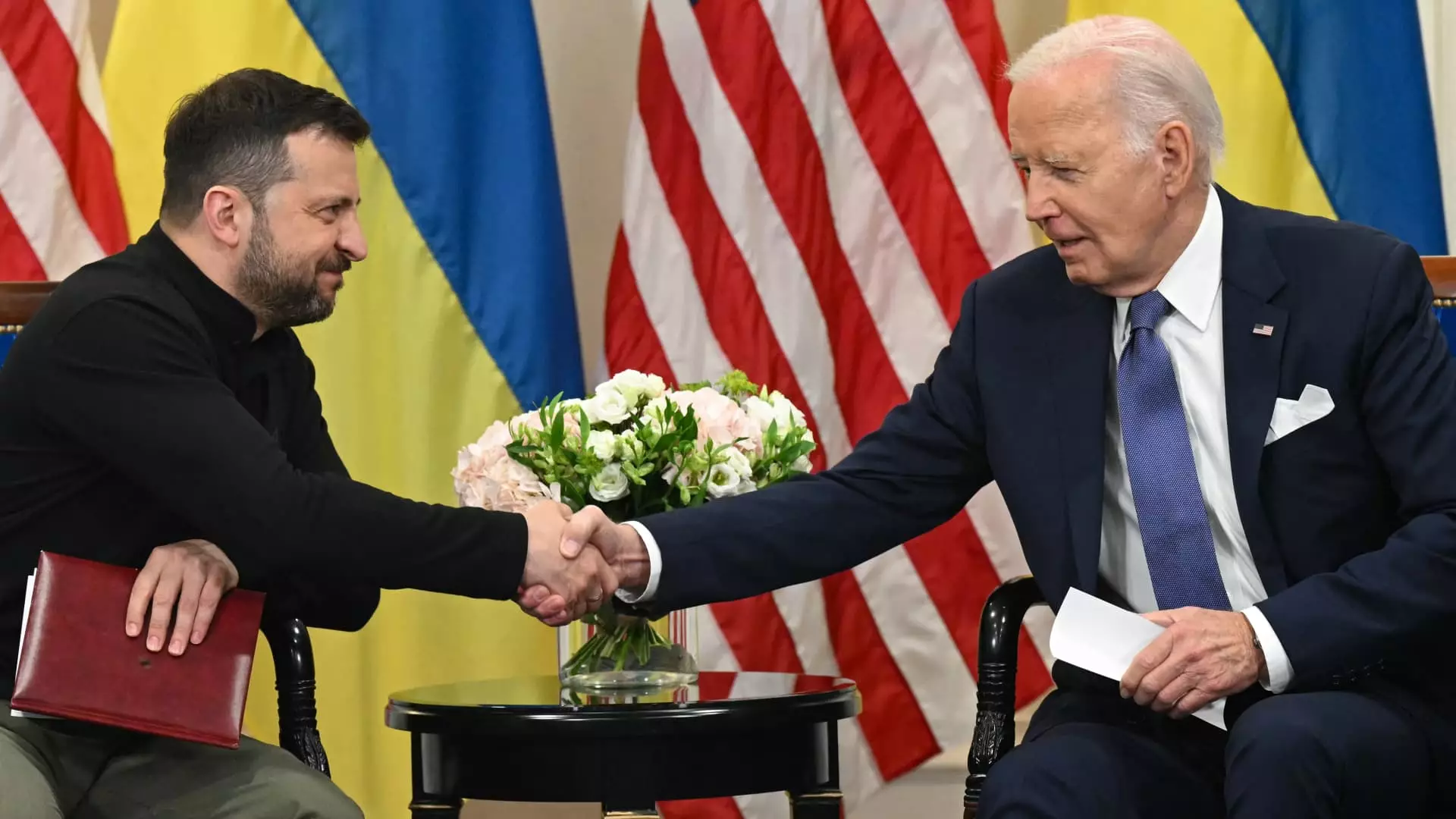In an era marked by geopolitical tensions, the relationship between the United States and Ukraine has taken center stage, particularly in light of the ongoing conflict with Russia. As President Joe Biden nears the end of his tenure, the urgency of sustaining military and economic support for Ukraine has escalated. The recent announcement of nearly $6 billion in additional aid underscores this commitment and highlights the strategic importance of Ukraine not only for its sovereignty but also for U.S. national security interests.
Out of the total $6 billion aid package, a significant portion is earmarked for military assistance. Biden’s announcement includes $2.5 billion dedicated exclusively to enhancing Ukraine’s defense capabilities. This includes $1.25 billion sourced from U.S. military stockpiles and a $1.22 billion package under the Ukraine Security Assistance Initiative (USAI). The USAI framework is particularly noteworthy; unlike direct stockpile releases, funds are allocated for procuring military equipment from defense contractors, which effectively leads to longer wait times before resources reach the frontline.
Treasury Secretary Janet Yellen also signified a substantial shift in Ukraine’s fiscal stability, revealing an additional $3.4 billion in budget assistance. This funding plays an essential role in sustaining Ukraine’s governmental operations, particularly by supporting public sector salaries in a war-ravaged economy. As the situation intensifies, the necessity for such economic stability becomes ever more pronounced, allowing Ukraine to maintain the fabric of its governance amid external aggression.
The conflict has reached a complex stage, where the introduction of North Korean troops into the fray has added another layer of difficulty. Reports suggest that these forces have suffered staggering casualties over recent weeks, further exacerbating Russia’s already strained military resources. The involvement of external actors like North Korea signifies a shifting battlefield landscape, raising questions about the efficacy of current strategies and the need for adaptive responses from both Ukrainian and Western forces.
The U.S. has continually indicated that the latest assistance must not only serve as a temporary fix but also contribute to a long-term strategy for Ukraine. As articulated by Biden, the influx of capabilities will greatly enhance Ukraine’s operational effectiveness as it prepares for the winter months, a period traditionally characterized by increased hostilities in the region.
As we approach a transition in U.S. leadership with the imminent inauguration of President-elect Donald Trump, uncertainties surrounding the continuity of U.S. support for Ukraine loom large. Trump’s previous statements reflect a divergence from Biden’s unwavering commitment, suggesting a desire for a swift conclusion to the conflict and a call for European allies to shoulder more of the financial burden. This shift in policy direction could profoundly impact Ukraine’s ability to sustain its military efforts and governmental functionality.
The composition of Congress further complicates matters. With Republicans assuming control, there is a palpable shift in sentiment regarding military aid. While some party members continue to support robust assistance, others are advocating for reduced involvement, echoing Trump’s sentiments. Such divisions within the U.S. legislative body can hamper timely and effective responses to ongoing crises.
The communication from high-ranking officials underscores a prevailing sentiment that the stability and success of Ukraine are deeply intertwined with U.S. interests. Both Yellen and Biden have reiterated the necessity for continued support and disbursements, framing Ukraine’s perseverance as not merely a matter of foreign policy but a vital component of American national interests.
To encapsulate the U.S. response amid these developments, it becomes crucial to adapt strategies that reflect changing realities on the ground while ensuring the consistent delivery of military and budgetary support. As this situation evolves, the commitment to achieve a “just peace” for Ukraine and curb Russian aggression must remain at the forefront of U.S. policy discussions.
As the complexities of international relations evolve, so too must the frameworks for support and engagement. The path forward will require a delicate balancing act, one that prioritizes both Ukrainian sovereignty and broader geopolitical stability.


Leave a Reply